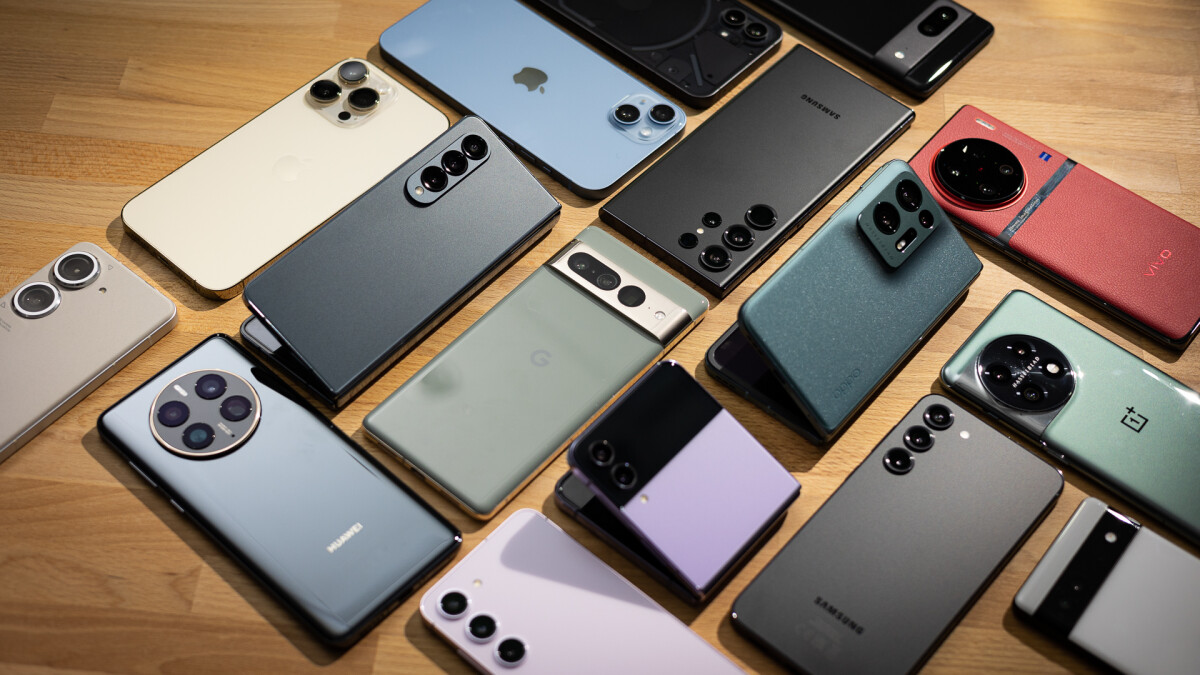Across the vibrant, ever-connected landscape of Kenya, a persistent question echoes – from bustling Nairobi matatus to serene village gatherings: "What phone can I truly rely on today?"
It’s a query that delves far beyond mere brand names or fleeting tech trends.
In the Kenyan context, being "reliable" means being a steadfast digital partner that seamlessly integrates into the demanding rhythm of daily life.
This includes everything from essential M-Pesa transactions to capturing those irreplaceable family moments, all without faltering.
The bedrock of this reliability, undeniably, is battery endurance.
With Kenya's unpredictable power supply and lengthy commutes, a device that surrenders its charge by midday is more frustrating than a tool.
A truly reliable phone must possess the stamina to power through a full, active day, a non-negotiable trait championed by brands often focusing on longevity in the budget-to-mid-range sectors, though increasingly found in well-optimised devices across the spectrum.
Beyond sheer staying power lies the importance of consistent, smooth performance.
It's not necessarily about blazing-fast flagship speeds for hardcore gaming, but the fluid, dependable operation needed for everyday multitasking.
Kenyans need a phone that can juggle banking apps, WhatsApp, browsing, and perhaps a light game, without the jarring interruption of lag or freezes.
This calls for a capable processor harmoniously paired with adequate RAM, ensuring the device remains responsive under pressure.
Then, there’s the tangible aspect of durability and build quality.
Life in Kenya is active; thus, a phone's resilience matters.
It needs to withstand the inadvertent bumps, the occasional jostle in a crowded space, or even a drizzle.
While aesthetics play a role, the practical assurance of a robust build, perhaps reinforced with protective glass or inherent splash resistance, adds a significant layer to its trustworthiness.
Furthermore, a phone’s reliability is intrinsically linked to its software integrity and the promise of ongoing support.
Regular security patches are vital for protecting personal data in an increasingly digital world, and version updates can extend a phone's useful lifespan, keeping it efficient and secure for longer.
This commitment to software maintenance is a hallmark of brands that value long-term user satisfaction.
Coupled with this is the critical safety net of accessible after-sales support. Knowing that reputable service centres and spare parts are available should the unexpected arise provides invaluable peace of mind.
Ultimately, the "most reliable phone" is a personal equation.
However, a significant sweet spot for many Kenyans seeking this blend of endurance, performance, and support often lies within the KES 15,000 to KES 35,000 bracket.
Within this range, offerings from Samsung's A-series, Xiaomi's Redmi Note line, various Oppo models, and the strategically focused devices from Tecno and Infinix consistently demonstrate a strong balance of these essential reliability markers.
The key is to look beyond the spec sheet and consider how a device will truly serve your daily grind, day in and day out.
